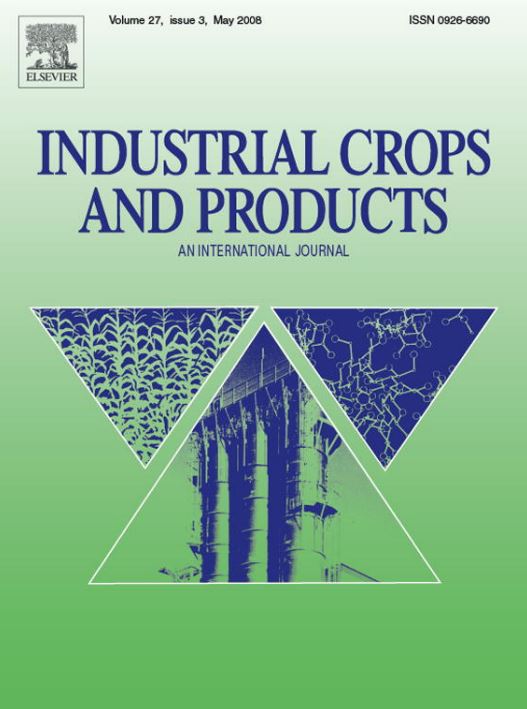Abstract
The approaching legalisation and associated increasing demand for medicinal and recreational Cannabis sativa L. will lead to a growing relevance for lighting systems designed for Cannabis sativa L. The interplay between plant density, light spectrum, light distribution, yield, and secondary metabolite distribution within the plant has not yet been studied. To fill this knowledge gap, a CBD-dominant Cannabis sativa L. strain was grown in a greenhouse experiment with two plant densities (2.66 and 12 plants −1 m−2) under two different light spectra. The chosen light spectra were two LED fixtures, Solray385 (SOL) and AP67, with an R: FR ratio of 12.9 and 3.7, respectively. The results indicated that light-induced effects on individual plants can be transferred to the plant stock. A low R: FR ratio induced a 16% increase in dry flower yield in the last ten days of flowering, while a change in the light spectrum could increase the potential maximum plant density per square metre. The two spectra did not affect (CBD + CBDA) yield, as a lower flower yield compensated for a higher concentration. CBDA concentration was not significantly affected by plant density. In contrast, the higher density led to an increased total cannabidiol concentration (CBD + CBDA) and altered the distribution of terpenes. Here, the light distribution over the plant stock is particularly decisive, as a more homogenous illumination led to an increased terpene concentration of up to 41%. A Photon Conversion Efficacy (PCE) of 0.05 g mol−1 under SOL and 0.06 g mol−1 under AP67 was achieved. Plants in the centre under the highest light intensity of 1200 PAR showed up to 48% reduced efficacy. These results strongly suggest that light intensity needs to be fine-tuned to the cultivation system to prevent a reduction in efficacy, resulting in yield and quality losses.




